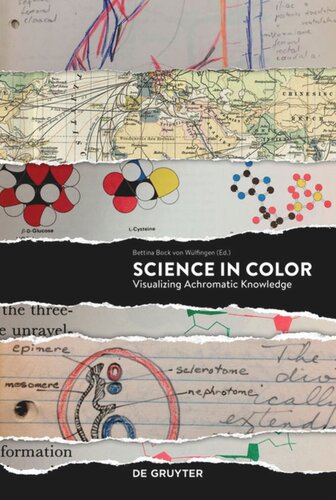

Most ebook files are in PDF format, so you can easily read them using various software such as Foxit Reader or directly on the Google Chrome browser.
Some ebook files are released by publishers in other formats such as .awz, .mobi, .epub, .fb2, etc. You may need to install specific software to read these formats on mobile/PC, such as Calibre.
Please read the tutorial at this link: https://ebookbell.com/faq
We offer FREE conversion to the popular formats you request; however, this may take some time. Therefore, right after payment, please email us, and we will try to provide the service as quickly as possible.
For some exceptional file formats or broken links (if any), please refrain from opening any disputes. Instead, email us first, and we will try to assist within a maximum of 6 hours.
EbookBell Team

0.0
0 reviewsColor makes its way into natural science images as early as the research process. It serves for self-reflection and for communication within the scientific community. However, color does not follow a standard in the natural sciences: its meaning is contingent, even though culturally conditioned. Digital publishing enhances the use of color in scientific publications; at the same time, globalization promotes the idea of universal color symbolism.
This book investigates the function of color in historical and current visualizations for scientific purposes, its epistemic role as a tool, and its long neglect due to symbolic and gender-specific connotations. The publication thus closes a research gap in the natural sciences and the humanities.